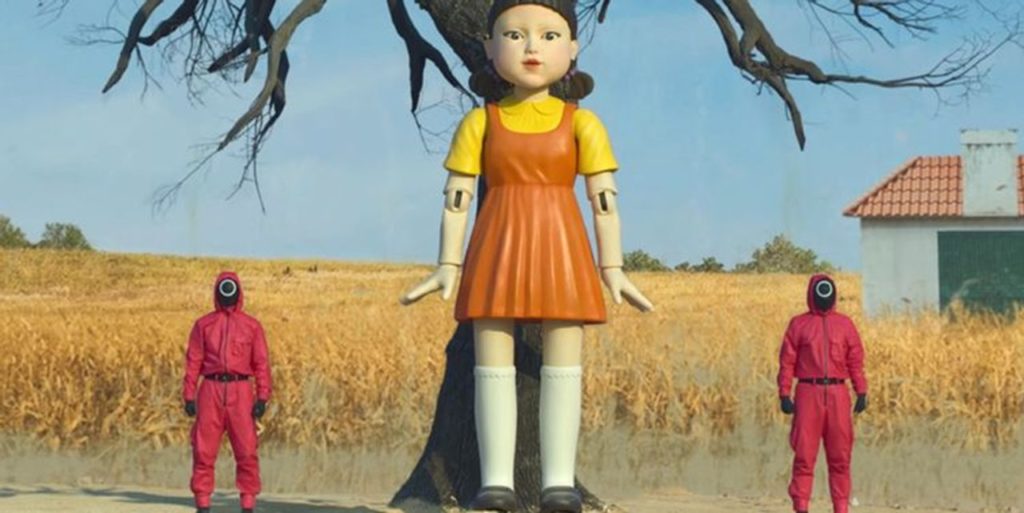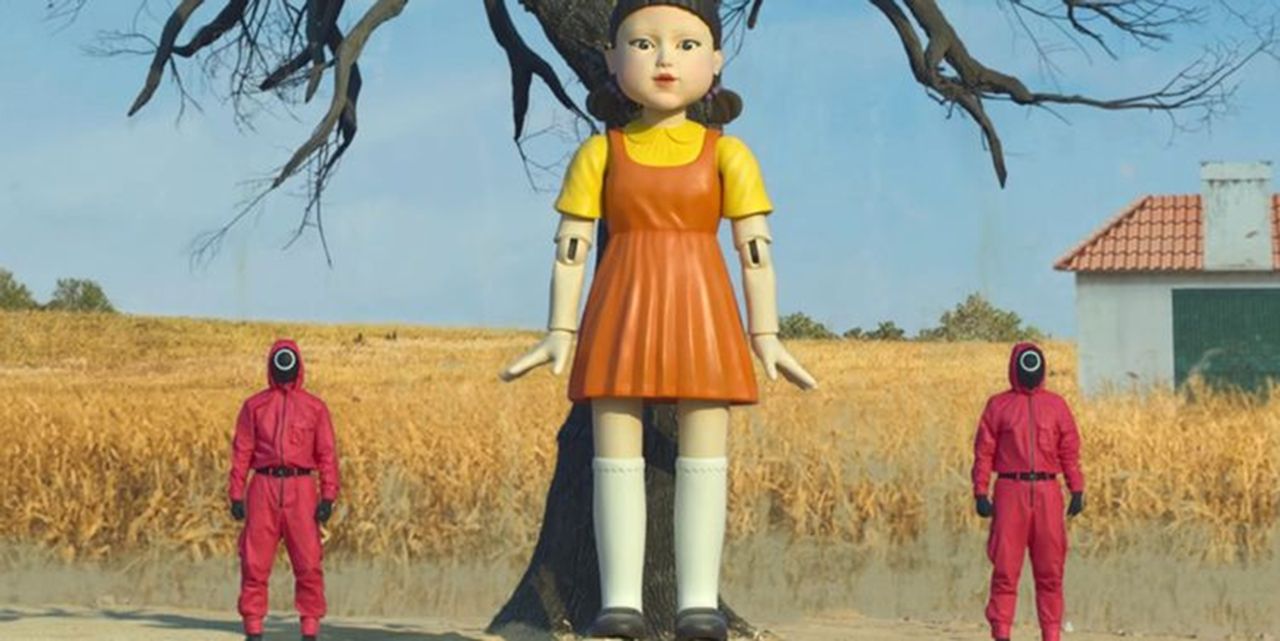
Charles R. Goulding and Mindy Zhu look at how 3D printing could capitalize on the Squid Game craze.
The Netflix blockbuster, Squid Game, has been the top movie in 90 countries and introduces new Korean toy characters to the world. Just as The Queen’s Gambit inspired 3D printed chess pieces, we expect the same for Korean toys. Korea has a strong 3D printing infrastructure that should be able to capitalize on this opportunity particularly as Taiwan and Vietnam have supply chain constraints. Netflix has already landed an online storefront deal with Walmart to produce hit show merchandise, including Squid Game. We predict the production of Squid Game’s big doll and other merchandise will dominate the toy industry this holiday season.
What is Squid Game?
Squid Game is a South Korean drama series released worldwide on September 17, 2021. Currently streaming and distributed by Netflix, the show received international attention. Within a week of its release, it became Netflix’s most-watched series in several regions. At launch, the television series received 111 million viewers. Currently, the television show has generated almost US$900M, with the holiday season coming, it is expected to generate more.
Squid Game is a battle royale-style dystopian survival game. The show follows a divorced, in-debt chauffeur named Seong Gi-hun. Gi-hun is invited to play a series of children’s playground games for a chance at a 45.6 billion South Korean won (roughly around US$38.4M). The players soon discover that not winning a game means death and they ally with each other for survival. In the end, the protagonist Seong Gi-hun wins the game and money but finds himself even more alone than when he was in debt.

3D Printed Squid Game Doll

Many 3D printing companies are starting to sell licensing of Squid Game Doll files for people to print their own dolls.
With this technology and the upcoming holiday season, we predict that large manufacturers will also use 3D printing to produce their Squid Game Doll. The idea of using 3D printing to produce toys allows for an inexpensive way to self-produce desired toys. 3D printing allows for people to produce intricate designs without sacrificing the quality of material or cost. Manufacturers also utilize 3D printing for faster turnaround times on orders.
Manufacturers and technical designers utilizing additive manufacturing may be eligible for R&D Tax Credits.
The Research & Development Tax Credit
The now permanent Research and Development (R&D) Tax Credit is available for companies developing new or improved products, processes and/or software.
3D printing can help boost a company’s R&D Tax Credits. Wages for technical employees creating, testing and revising 3D printed prototypes can be included as a percentage of eligible time spent for the R&D Tax Credit. Similarly, when used as a method of improving a process, time spent integrating 3D printing hardware and software counts as an eligible activity. Lastly, when used for modeling and preproduction, the costs of filaments consumed during the development process may also be recovered.
Whether it is used for creating and testing prototypes or for final production, 3D printing is a great indicator that R&D Credit eligible activities are taking place. Companies implementing this technology at any point should consider taking advantage of R&D Tax Credits.
Conclusion
With millions of people watching Squid Game around the world, we predict the doll would be one of the most sought-after toys during the holiday market this year. Companies around the world will have to keep up with the turnaround time and 3D printing offers that solution without increasing costs. 3D printing will continue to have a major impact on the toy industry and allow for the entertainment industry to create new toy products very quickly.

